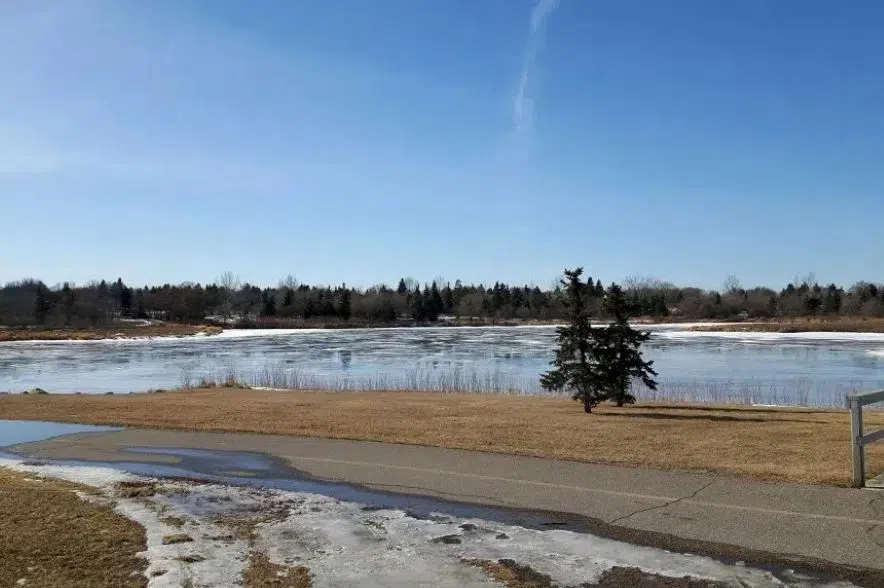The Water Security Agency is again saying that drought-like conditions could be prevalent in Saskatchewan in 2024.
The agency issued an update to its spring runoff forecast Friday, which suggested many areas could face water shortages throughout the year.
“Indicators suggest that there is a higher risk of agricultural and hydrological drought this year,” the report said. “The Water Security Agency will monitor landscape conditions and water supply reservoirs closely to allow for a timely response to dry conditions.
“The agency continues to work internally and across government to identify opportunities and programming to support residents in times of drought.”
In March, the agency issued a report saying a snowstorm had improved the spring runoff forecast, but it noted some areas still were facing potential dry conditions. The report issued Friday reiterated that concern.
“In some southern areas, including the Big Stick Lake Basin (near Maple Creek) and the south-central area of the province, persistent drier than normal conditions may lead to drier than normal conditions and localized water supply shortages this spring,” the report said.
“The runoff seen so far in these areas has been well below normal. The Big Stick Lake Basin is expected to implement restrictions for irrigation use if conditions do not improve.”
According to the report, warmer temperatures in the middle of March led to snowmelt runoff beginning — or, in some cases, being completed — in much of the southern half of the province. Peaks observed so far have ranged from near to well below normal, the report said.
“In areas south of the Cypress Hills, including the Frenchman River Basin, a significant snowpack currently exists, and it is expected that this week’s forecasted warm temperatures will generate additional streamflow in these areas,” the agency said. “In all other areas of the southwest, minimal additional snowmelt runoff is expected.”
The agency previously said 33 of 45 water supply reservoirs across the province are currently at or are expected to be at full supply when the runoff is complete.
Six reservoirs are expected to be 70 to 90 per cent full, while six (Harris, Junction, McDougald, Downie Highfield and Roughbark reservoirs) are expected to remain low.
Snowstorms in mid- and late March dumped snow on southwestern and eastern Saskatchewan, respectively, and improved runoff volumes.
“How quickly the snow melts will impact how much additional runoff will be experienced in these basins,” the agency said. “With the area being so dry prior to the snowfall event, if a slow melt occurs, a lot of the water will infiltrate into the soil.”
After implementing a conservative winter plan at Lake Diefenbaker, the agency said the water level at the reservoir was at 552.39 metres on April 1, which is higher than the normal April 1 elevations of 551.56 m.
The report noted ice is still covering rivers in the North Saskatchewan and the Saskatchewan system, and flows are slightly above normal for this time of year. However, because the snowpack has melted in the prairie and foothills of the basin, flows aren’t expected to increase until the mountain runoff occurs.












